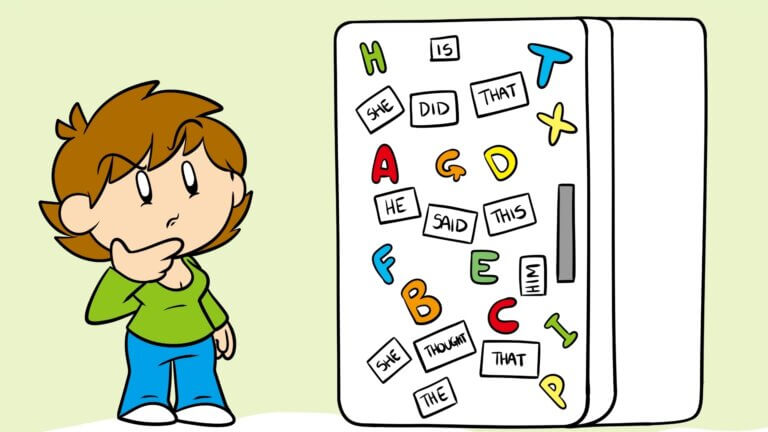An inciting incident is an essential part of every story. But what is an inciting incident and why is it so essential? We’re going to get to the bottom of those questions by defining the term and by looking at examples from Star Wars, La La Land, and more. By the end, you’ll know the inciting incident meaning and how to implement it in your own works.Continue reading What is an Inciting Incident — Definition & Script Examples
To understand appropriate sentence structure is to understand the grammatical building blocks of the English language. By having a strong grip on the structures of your sentences, you will be a more versatile writer. In this article, we’ll break down what sentence structure is, what the four types of sentence structures are, and how to use them.Continue reading What is Sentence Structure — Examples and Tips for Writers
Every story, whether told through literature or film, thrives on the rising action—the heartbeat of any compelling narrative. As an aspiring writer or storyteller, mastering this element can transform your work from simple text or scenes into a captivating journey. In this article, we'll explore how to craft this crucial component, drawing lessons from both mediums. Let's dive into the art of escalating tension and suspense that keeps audiences hooked.Continue reading What is Rising Action in a Story — Examples & Techniques
All writers aim to engage their audience. And to engage their audience, their writing must be effective. So what are the tricks of the trade to effective writing? There are various elements to great writing, but two fundamental elements are clear communication of ideas and conciseness. One of the best tools a writer has to achieve both is analogy. In this article, we’ll define analogy and distinguish it from other literary devices. We’ll also take a look at some analogy examples in some of the most iconic lines in literature and film and how it has contributed to both. Continue reading What…
What is something each and every story ever told has in common? If you guessed “a setting,” you’d be correct! When your narrative involves characters and motivation, a setting is almost always a given. Sometimes a setting is massive and expansive, while other times it’s small and intimate. So what is a setting, what does setting mean, and how can it be presented, identified, and crafted? We’ll go over a basic setting definition before embarking on an adventure full of helpful info and setting examples. Continue reading Setting Examples — How to Use Time and Place in Film & Lit.
Motifs are a great way to reinforce the theme of your project. Understanding how to build motifs that work requires strong attention to detail and a clear game plan. But what is a motif? Looking for a clear motif definition? Need motif examples in film? All these questions and more will be answered as we dive into the patterns and symbols that can bring depth to your work.Continue reading What is a Motif? Definition and Examples for Filmmakers
What is third person omniscient point of view? Third person omniscient point of view is the perfect perspective for writers who want to play god. We’re going to define this specific type of point of view by looking at examples from video essays and literature. By the end, you’ll know why third person omniscient POV is considered by many to be the most empowering literary perspective.Continue reading What is Third Person Omniscient Point of View — Writer’s Guide
What is third person limited point of view? Third person limited point of view is an important perspective for writers and readers – but what is it? And how is it used? We’re going to answer those questions by defining third person limited point of view. We’re also going to explore third person limited examples! By the end, you’ll know what third person limited point of view is and how to use it in writing.Continue reading What is Third Person Limited Point of View
Every storyteller — whether a screenwriter, novelist, or short story writer — wants to write dialogue that snaps, reveals character, and carries emotional weight. But how do you do it? There are countless lists and guides filled with advice on how to write dialogue in a story or a dialogue script for the screen. In this post, we’ll look at dialogue writing examples across different media, examine some tried-and-true methods for writing effective dialogue, and give you practical tools whether you’re working on a screenplay or a novel.Continue reading How to Write Dialogue — Examples & Techniques for Screenwriters &…
Film is primarily a visual medium. Filmmakers have various tools to create meaning through visual elements, one of which is the visual metaphor. Visual metaphors are often subtle, but are incredibly important for filmmakers in communicating and resonating with an audience. What is a visual metaphor? How and why do filmmakers use them? We’ll break down a few visual metaphor examples to answer these questions and more.Continue reading What is a Visual Metaphor — Definition & Examples in Art & Film



















